
Located on the west bank of the Hooghly River, 70 km north of Kolkata, Sukharia (Sukuria) and its neighboring districts were once home to some of Bengal’s elite Zamindar families, including the Sens and Mitra Mustafis. While most of their grand mansions have fallen into ruins, remnants such as Corinthian pillars, hanging balconies, and Durga Manchas still reflect their past grandeur. The temples built alongside these mansions have survived in far better condition. During my visit to Sukuria, I was fortunate to explore a few of these temples before the evening light began to fade.
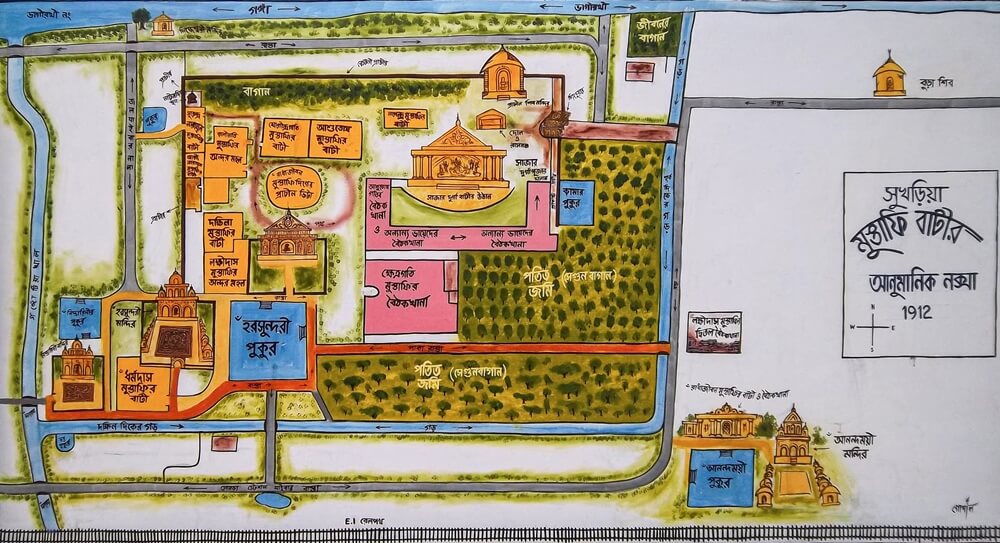
Ananda-Bhairavi Temple
The Ananda-Bhairavi Temple is a rare example of the panchavimshati-ratna (twenty-five pinnacled) type of temple architecture. The other panchavimshati-ratna temples are the Lalji Temple (1739), Krishnachandra Temple (1751), and Gopalji Temple (1766), all located in Ambika Kalna, and the Sridhar Temple in Sonamukhi (1845).
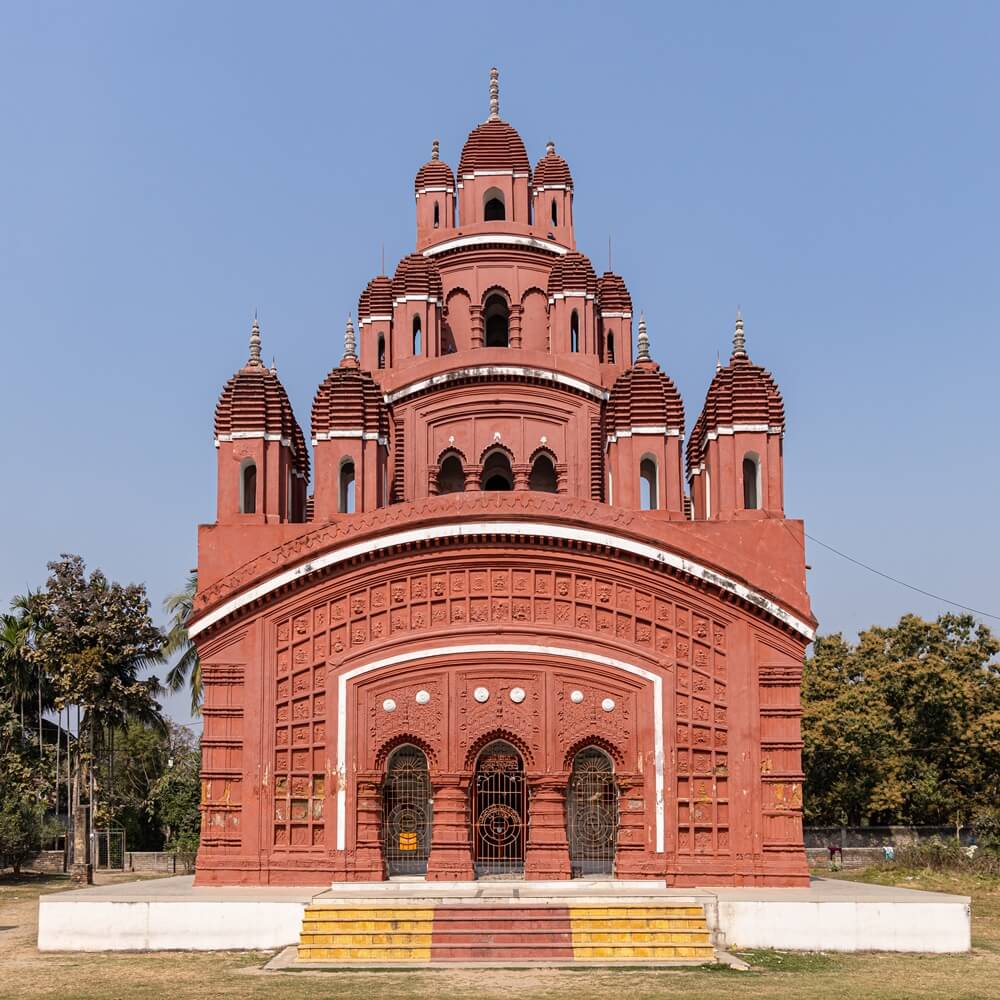
Located by the side of Anandamoyee Pond, this has to be one of the best settings for a Bengali temple to be found anywhere in the state. The experience is certainly enhanced further by the sheer lack of visitors, I seemingly had the entire village and temples to myself, which I found quite surprising considering just how peaceful and scenic the surroundings were.
The Ananda-Bhairavi Temple, completed in 1813 by Bireswar Mitra Mustafi (nephew of Anantaram Mitra Mustafi, son of Shambhuram Mitra Mustafi), features rich terracotta facades and houses Maa Anandamoyee on a wooden singhasana inside the sanctum. The temple sustained damage during an earthquake in 1897, which destroyed the top five pinnacles. These were later reconstructed.
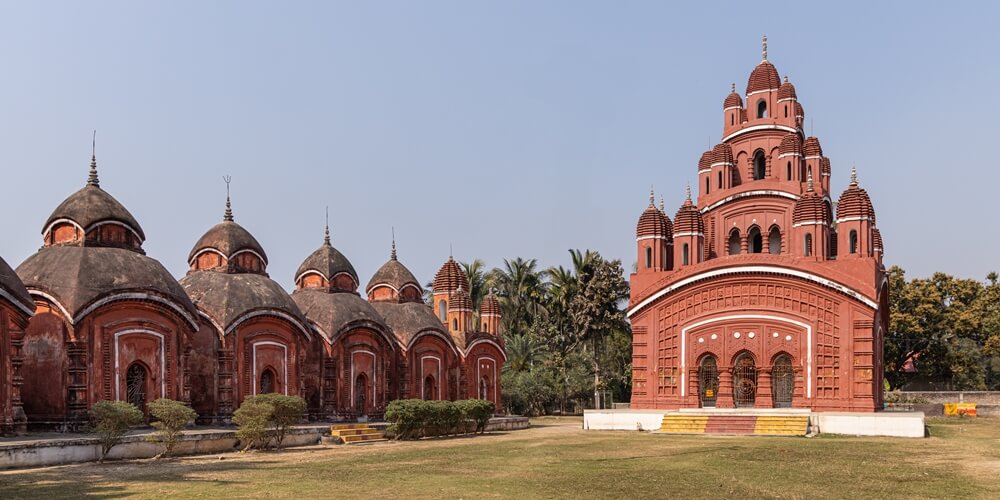
A panchavimshati-ratna temple generally has three stories. The Ananda-Bhairavi Temple’s first story has twelve pinnacles (three on each side), the second story has eight (two on each side), and the third story has four corner pinnacles plus a central pinnacle. The structure is adorned with terracotta figures of deities, birds, floral motifs, boating scenes, European soldiers, and features a triple-arched entrance decorated with terracotta work.

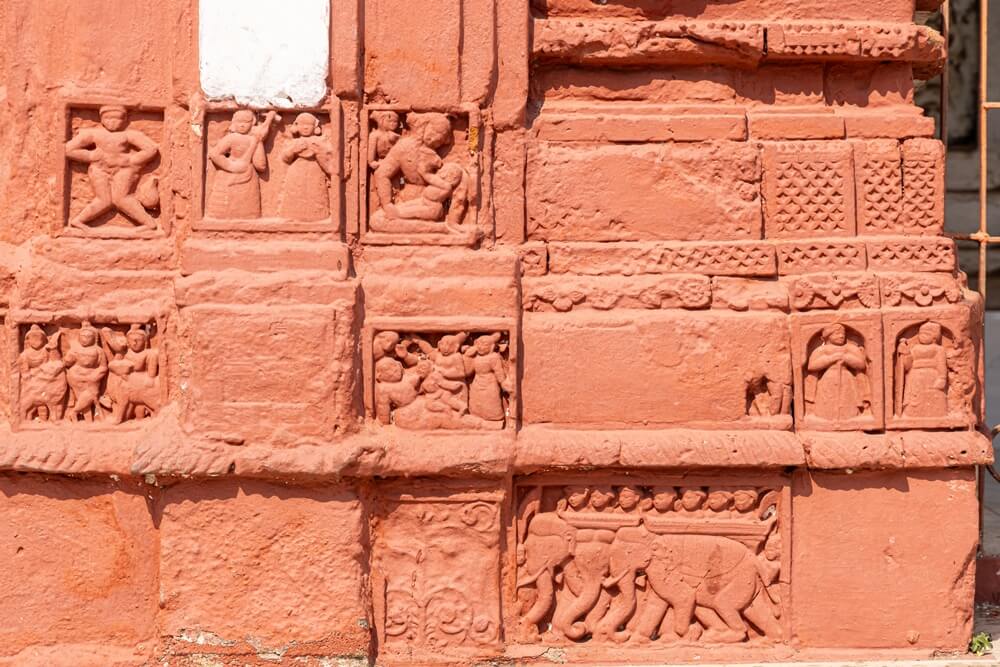


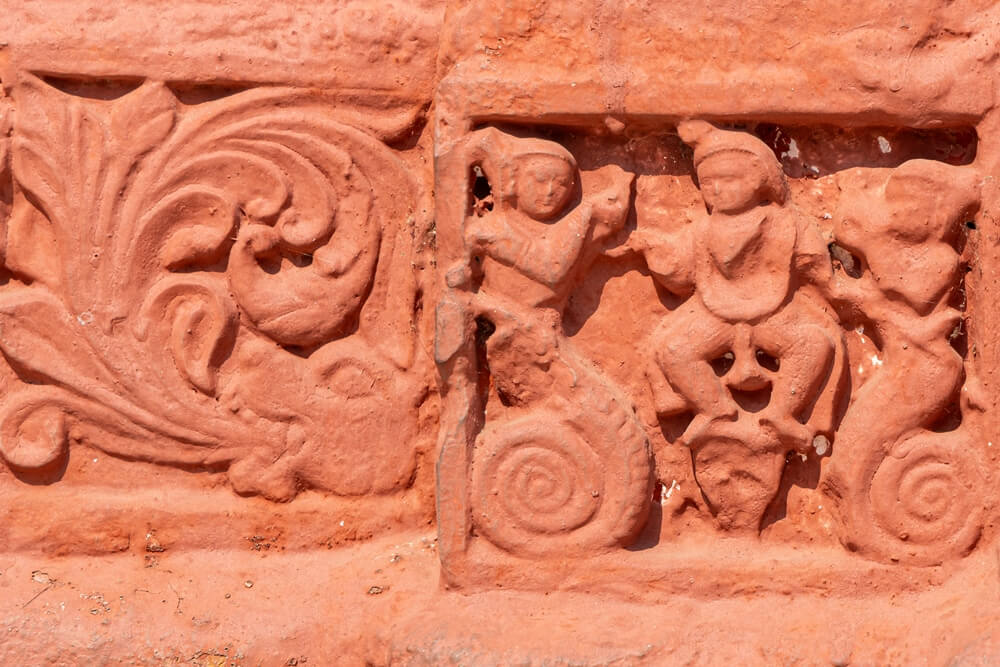
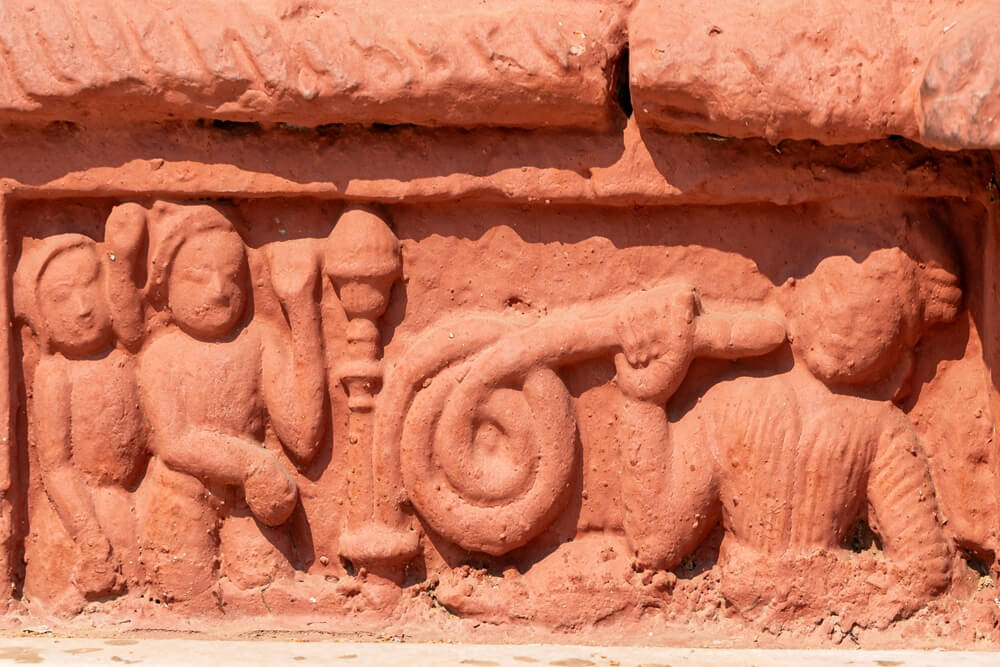
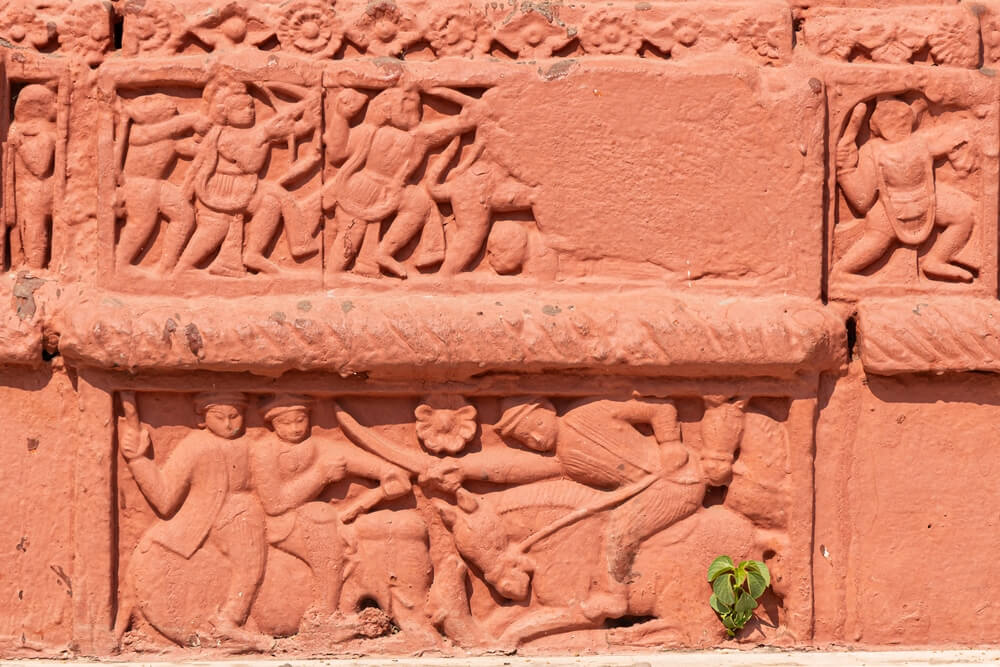
Renovations here have obscured the terracotta work with applications of paint, probably quite a few layers of it over the years as the definition of the motifs is starting to be lost. In other places the intricate terracotta has been plastered away entirely by locals in a bid to save the temple from crumbling away. At first glance one could be mistaken for thinking the temple was relatively new, the coating of fresh paint certainly removes any sense of antiquity.
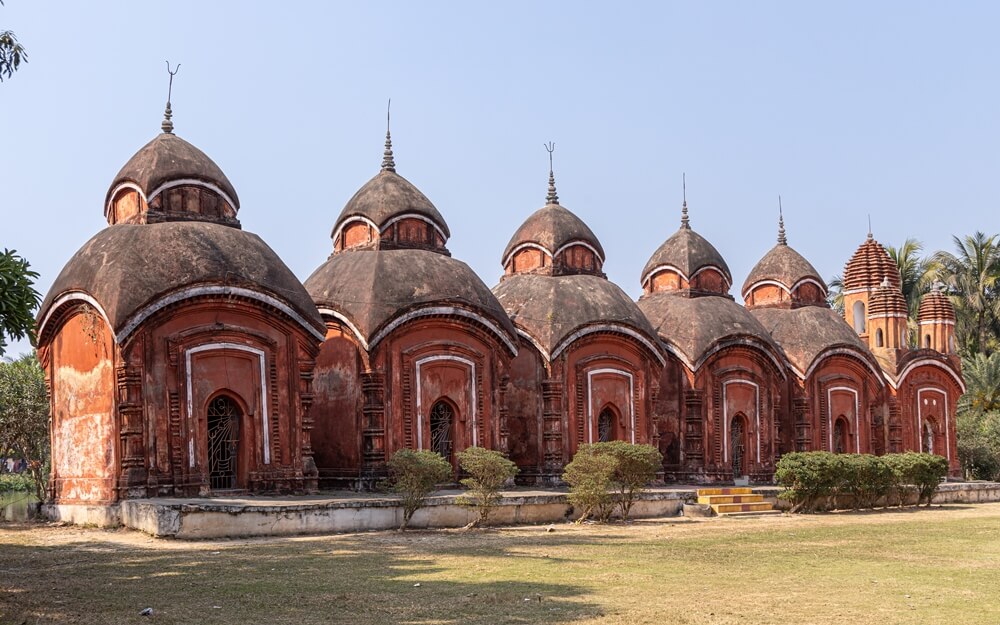

The temple complex also includes twelve additional temples, with ten standard aatchala (eight-roofed) temples and two pancha-ratna temples. One of the pancha-ratna temples is dedicated to Lord Ganesh, while all the other flanking temples house Lord Shiva. All these temples are situated on a raised platform, although many are now leaning due to inadequate foundations.

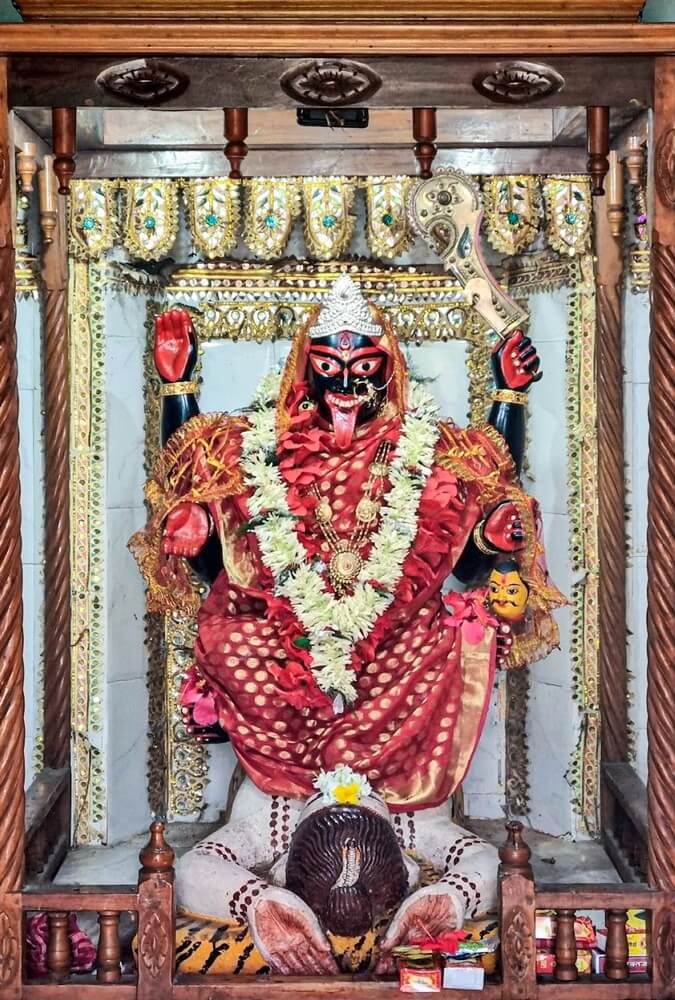
Right : Maa Anandamoyee on a wooden singhasana inside the sanctum
The Mitra Mustafi family mansion, known as Radha Kunja, still exists in a dilapidated state. Built by Ramjiban, the great-grandson of Sambhuram Mitra Mustafi, this mansion once showcased immense wealth and splendor. The Bengali film “Akaler Sandhane,” directed by Mrinal Sen and featuring actors like Dhritiman Chatterjee, was filmed here. Despite its current condition, the mansion’s vast dimensions remain awe-inspiring.
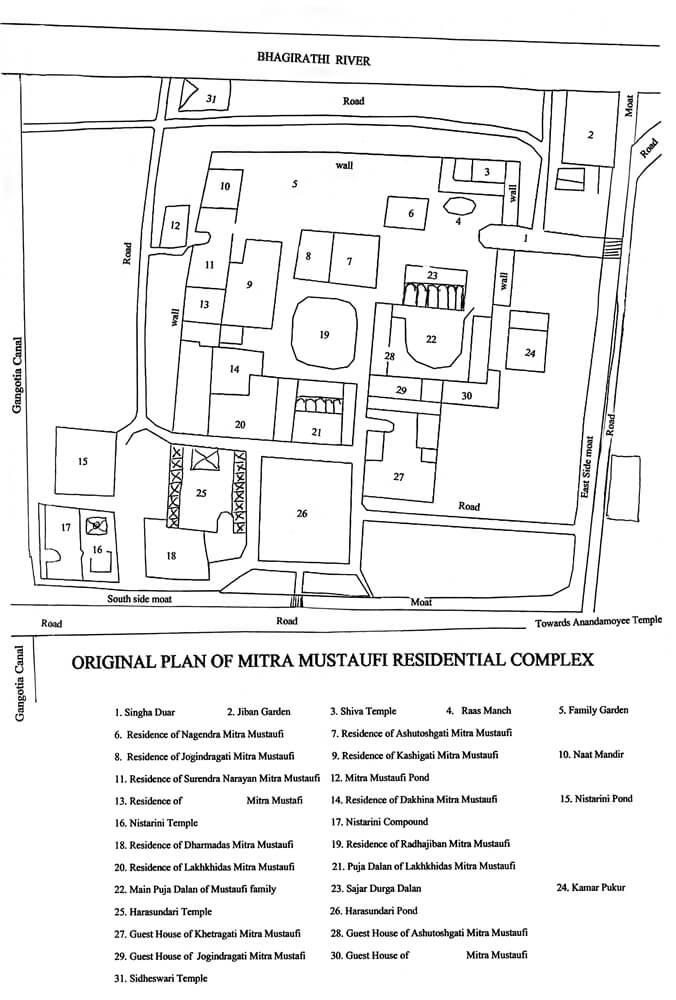

Right : Remains of the mansion as viewed from the road
Sadly, time did not permit me to explore the mansion, although I’m not entirely sure if it is open for people to do so.
The Mitra Mustafi family traces its roots to Kalidas Mitra, one of the five Kayasthas (class of administrators) who migrated from Kanauj in Uttar Pradesh to Bengal. The 19th generation descendant, Rameswar Mitra, impressed Mughal Emperor Aurangzeb with his scholarship in the Accounts Department and was awarded the title “Mustauphi” along with a golden palm (royal seal) in 1704 CE. This title evolved into the surname “Mitra Mustafi,” distinct from the Muslim surname Mustafa.
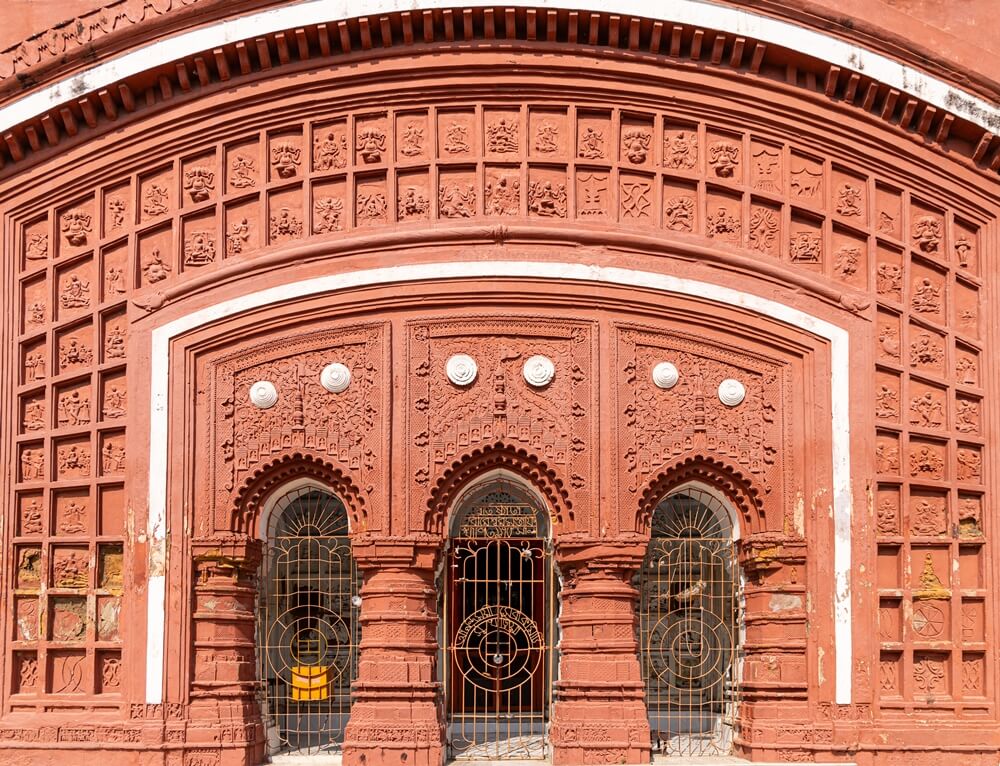
Rameshwar Mitra grew to become a wealthy and influential personality and built many architecturally beautiful structures in his native village before he died in 1708 CE. He had ten sons and a daughter, who would fan out across three villages (Ula-Birnagar, Sripur-Balagarh, and Sukharia-Somra) and build magnificent mansions and temples, many of which are still standing.
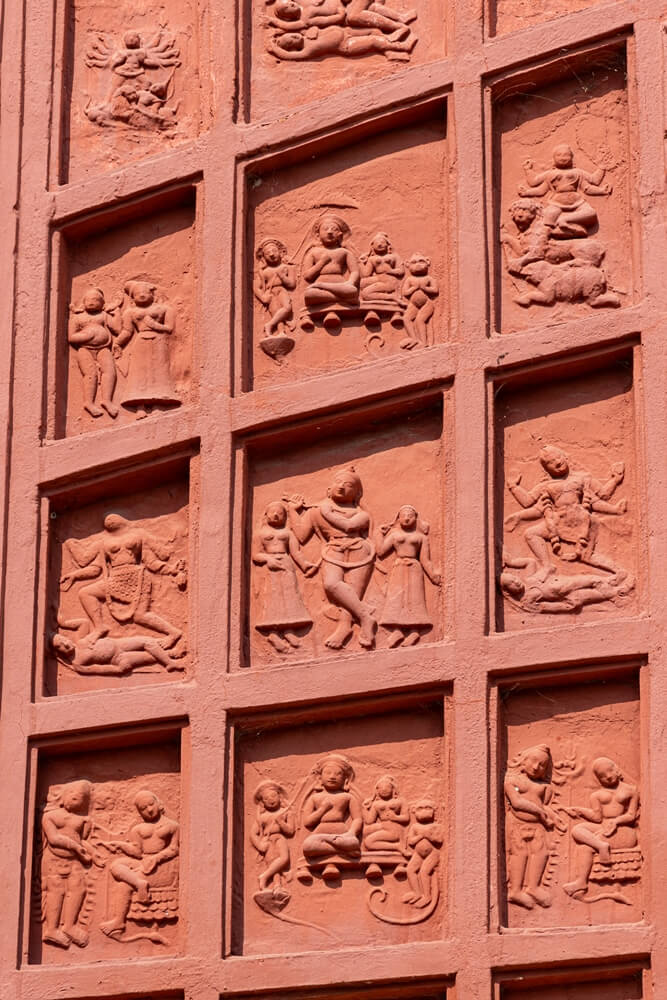

The Mitra Mustafi family are often referred to as “the Dewans”. During the effective rule of the Mughal empire, a Dewan served as the chief revenue officer and collector of taxes of a province. Thus a Dewan was effectively a ruler of an area or province with power to attach properties or imprison defaulters.
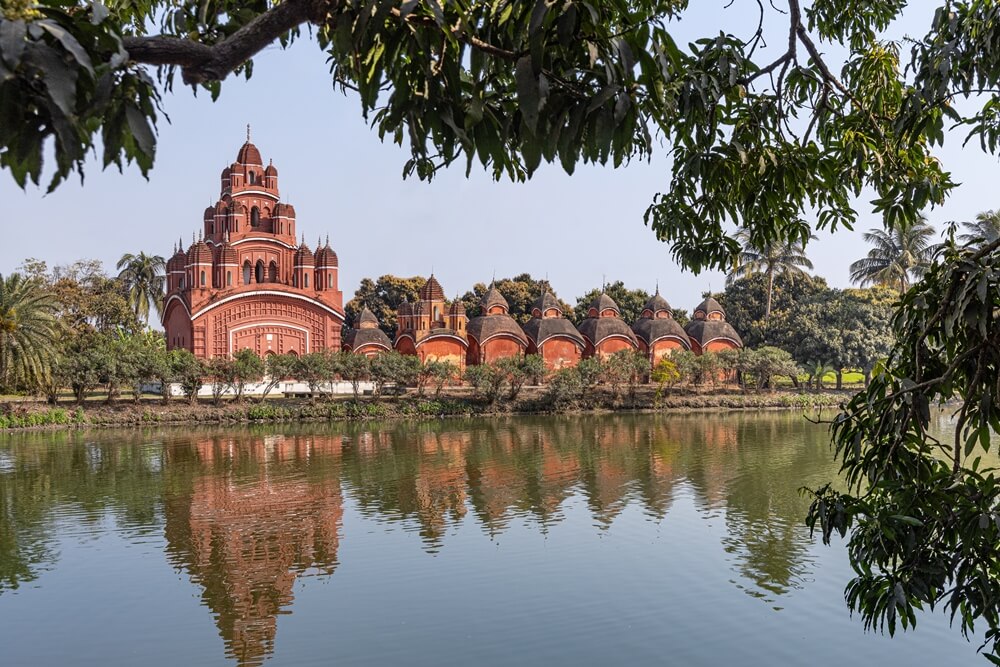
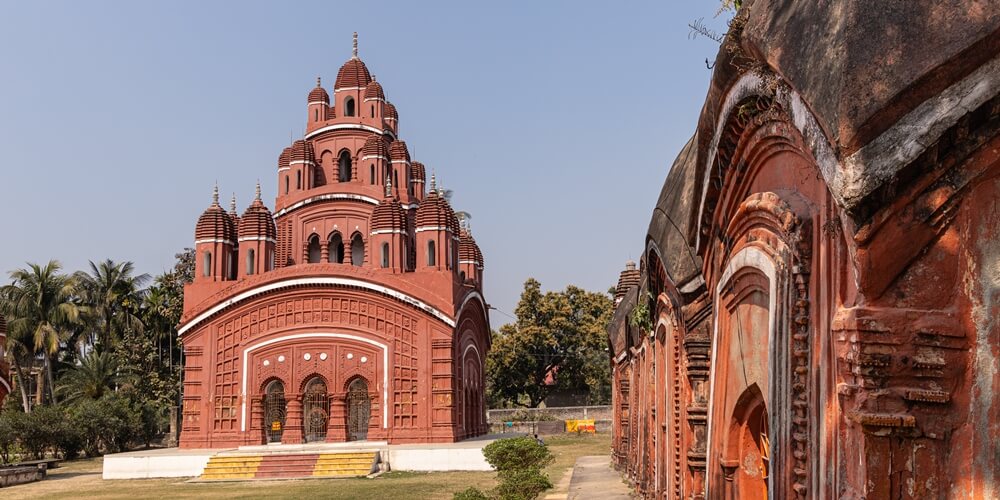
In Bengal the Nawabs were legal Dewans (tax collectors) for Emperors of Delhi. The family of Rameswar Mitra (who would ultimately receive the “Mustafi” title) acted as Dewans or Deputy Dewans for the Nawabs of Bengal between 1650 and 1765.

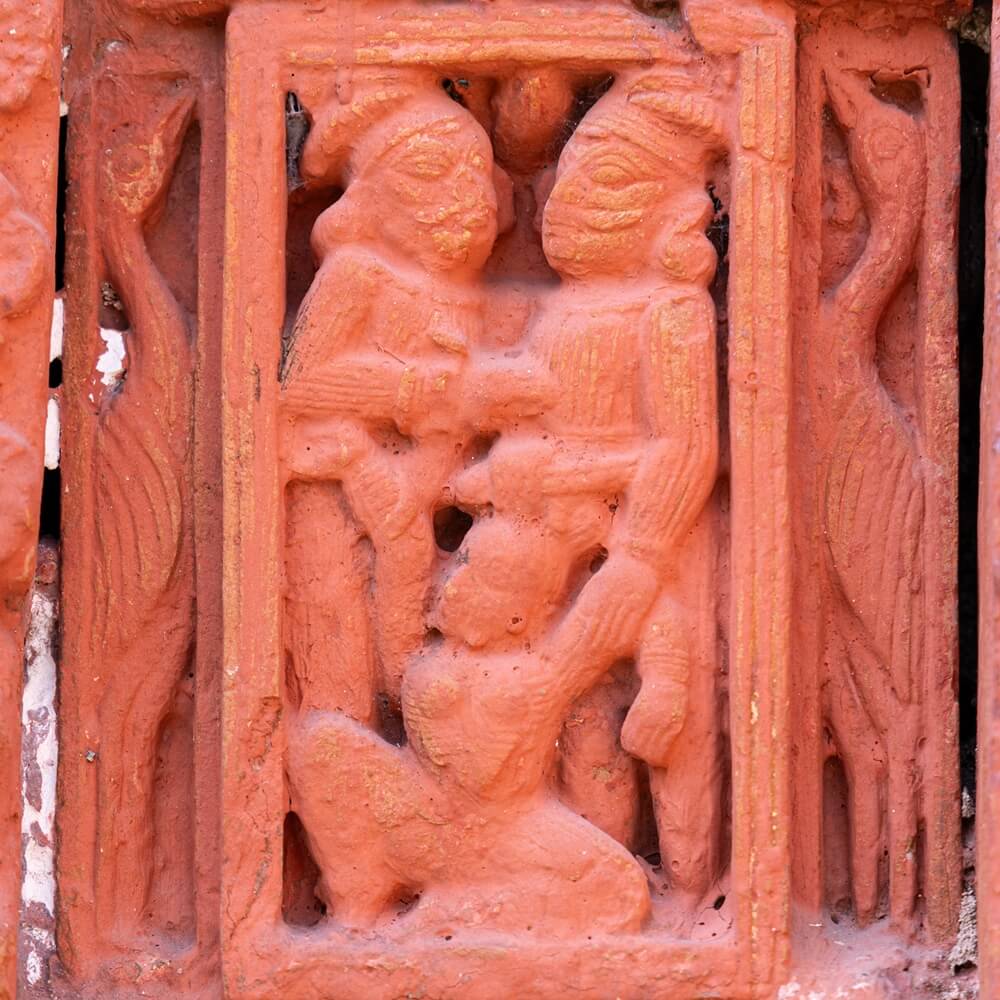

By August 1765, Robert Clive of East India Company had coerced the Mogul emperor, Shah Alam II, into granting the Company the status of Dewan, collector of imperial revenues in the provinces of Bengal, Bihar and Orissa. The agreement was made at a grand and ostentatious ceremony in Allahabad. In effect, the East India Company moved from colonial trader to colonial administrator without consulting the Company’s Directorate or the British government.

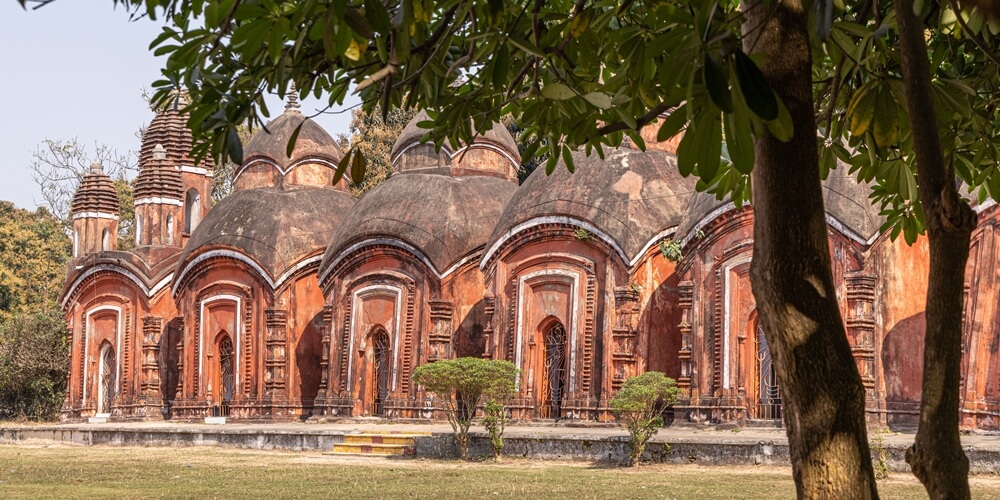
Dozens of Mitra family members from Ula, Sripur and particularly Sukharia took over the jobs of Dewans from the East India Company and continued to do so until the Government of India Act came into force in 1858.
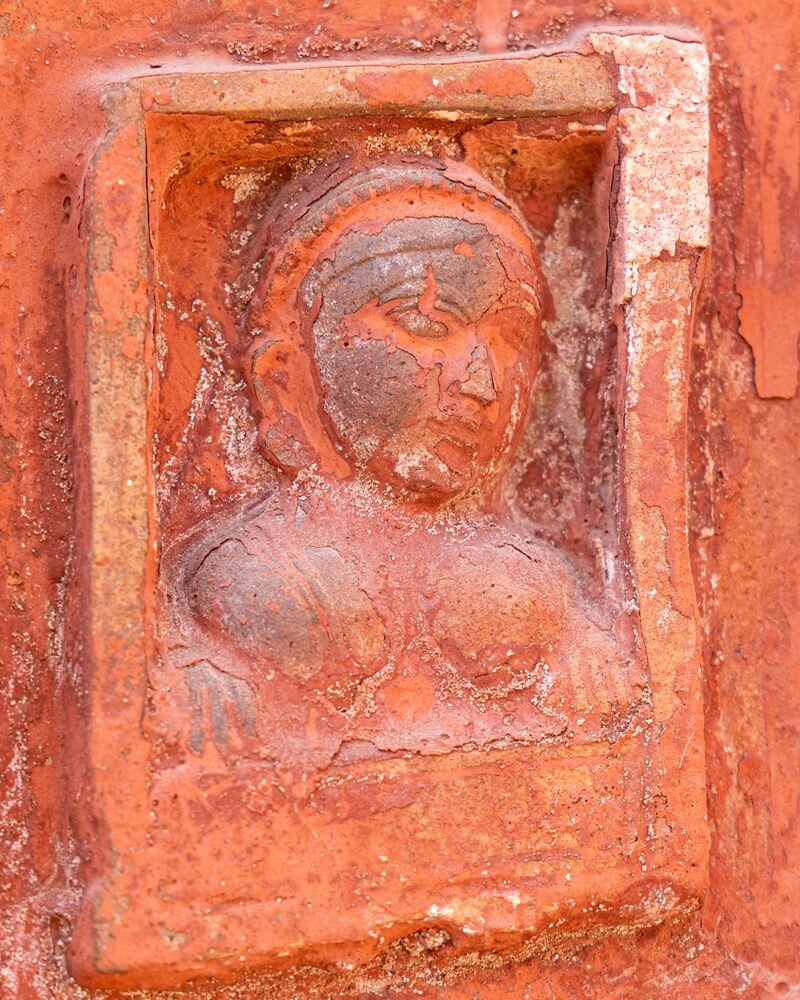
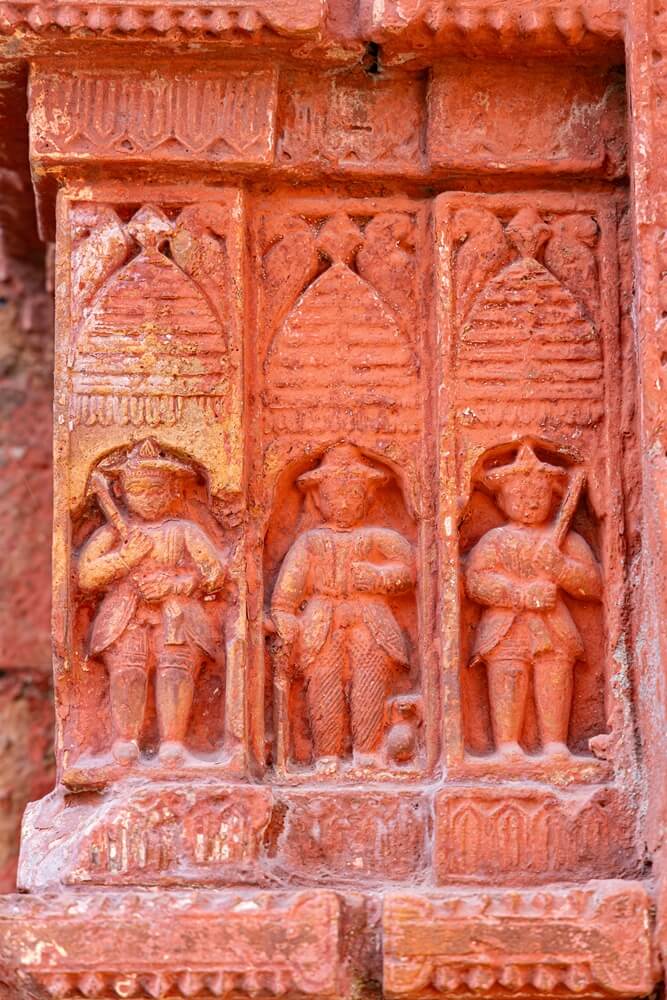
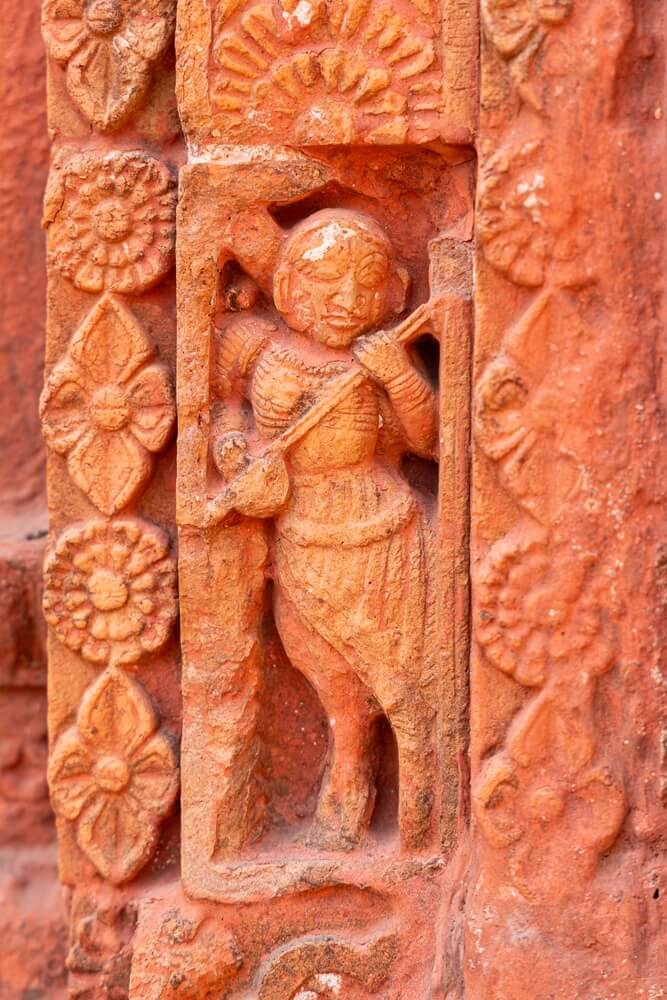
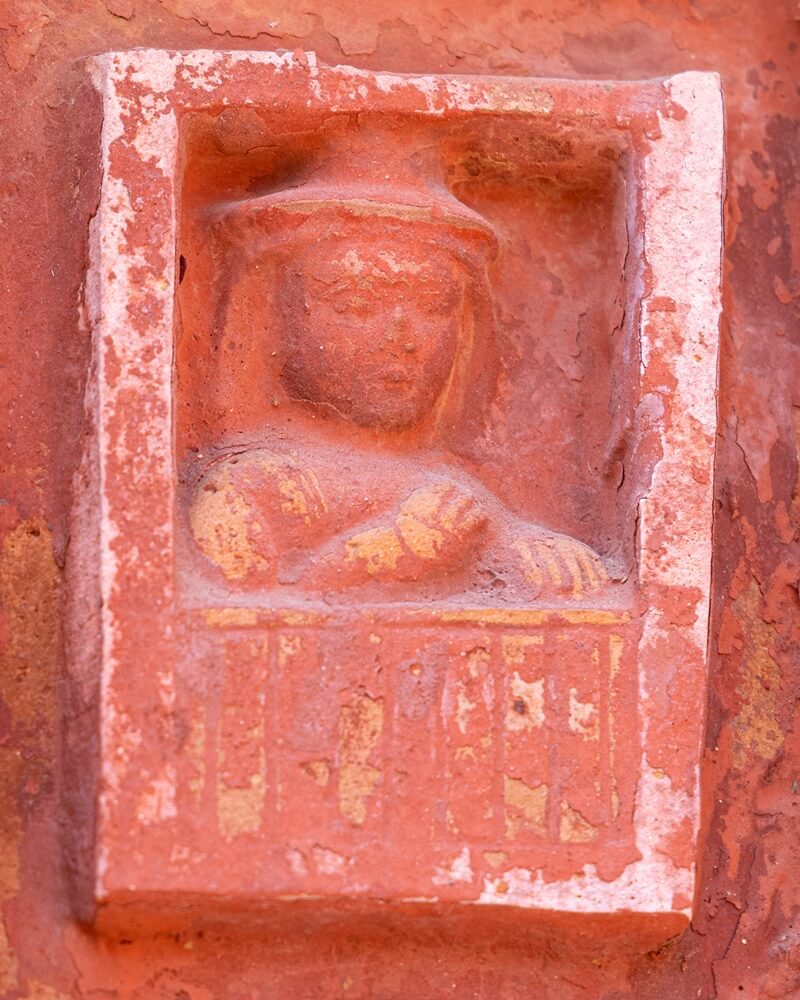
Rameshwar Mitra’s fourth son, Anantaram Mitra, relocated from Ula-Birnagar to Sukharia-Somra in 1712 CE. His fourth son, Tilakram Mitra Mustafi, bought land in Sukharia, Punui and Gopinagar from the Burdwan Raj Estate in 1757.
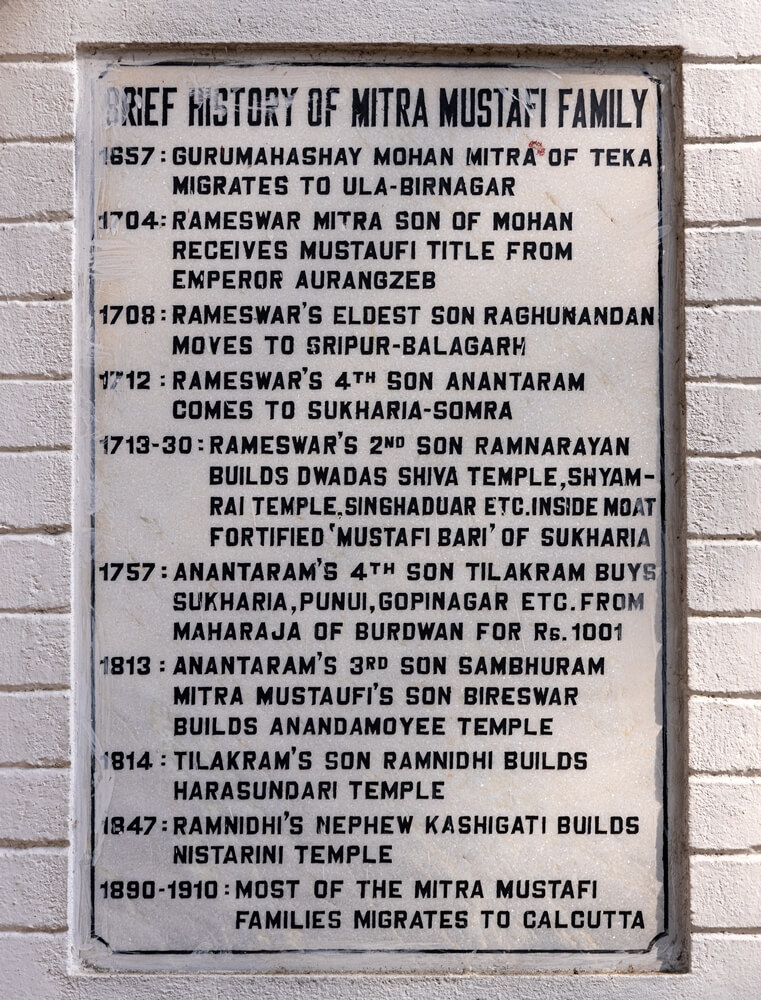
Currently, a descendant of the family is working to preserve the temples and the history of Sukharia, although many structures have suffered from decades of neglect.
Harasundari Temple
A short walk from Ananda-Bhairavi Temple leads to another temple complex by a lake, featuring the Navaratna-styled Harasundari Kali Temple and fourteen additional flanking temples.
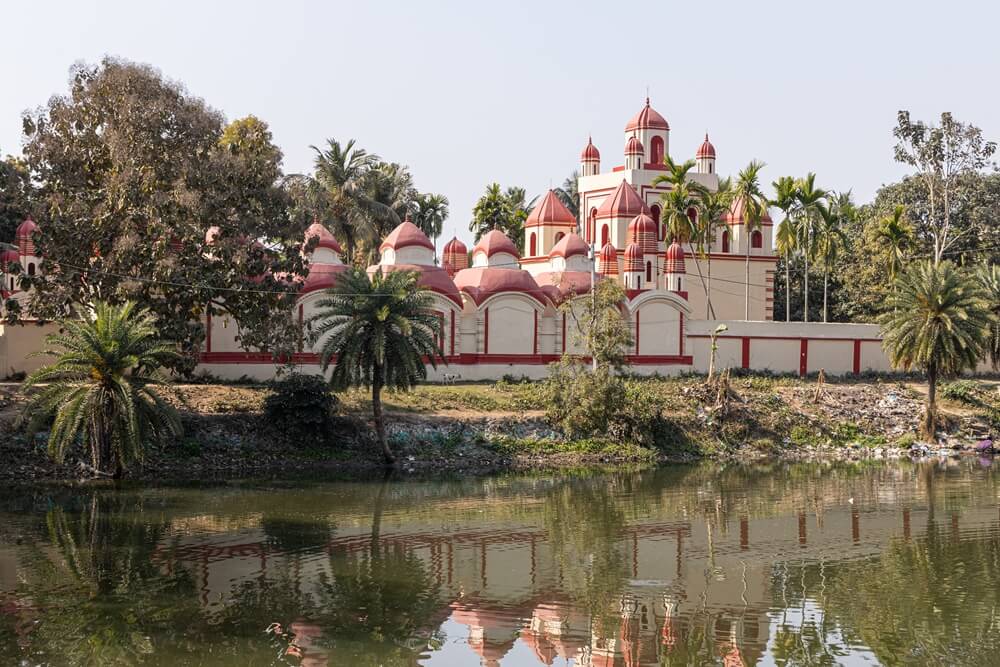
Constructed in 1813 by Dewan Ramnidhi Mustafi, the complex includes twelve aatchala styled Shiva temples and two pancharatna styled temples. Renovated in 1968 and having just undergone another round of renovation under the supervision of Ramnidhi Mitra Mustafi’s descendants, the complex is well-maintained and includes an orphanage run by the Mitra Mustafi family. The temple is no longer open for visitors to explore, and reports indicate that here too terrcotta has been lost as a result of numerous rounds of renovations over the decades.
There are other temples in the village that were constructed by the Mitra Mustafi family, but my time here was all too short.
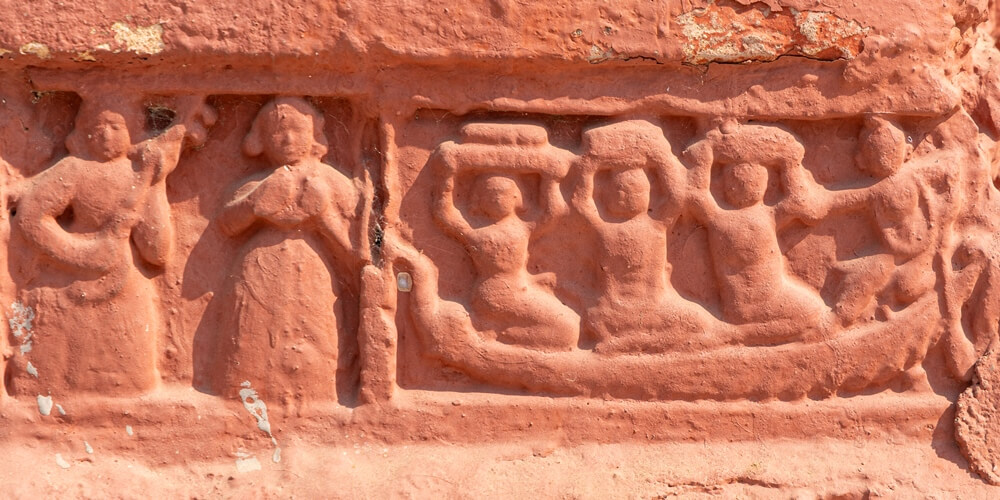
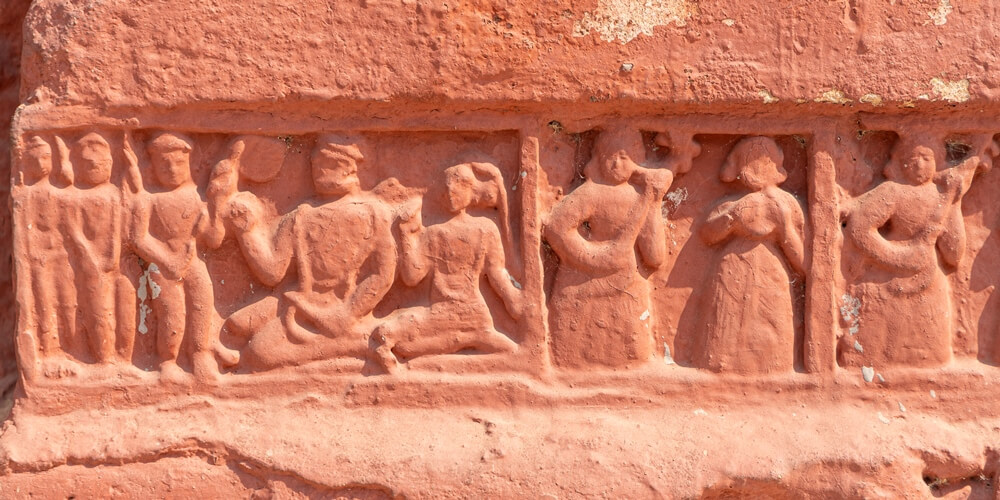
Although quiet and peaceful today, Sukharia certainly has the potential to develop into a heritage village, promoting ecotourism and offering insights into the lives of the prosperous Zamindars who contributed significantly to Bengal’s history.
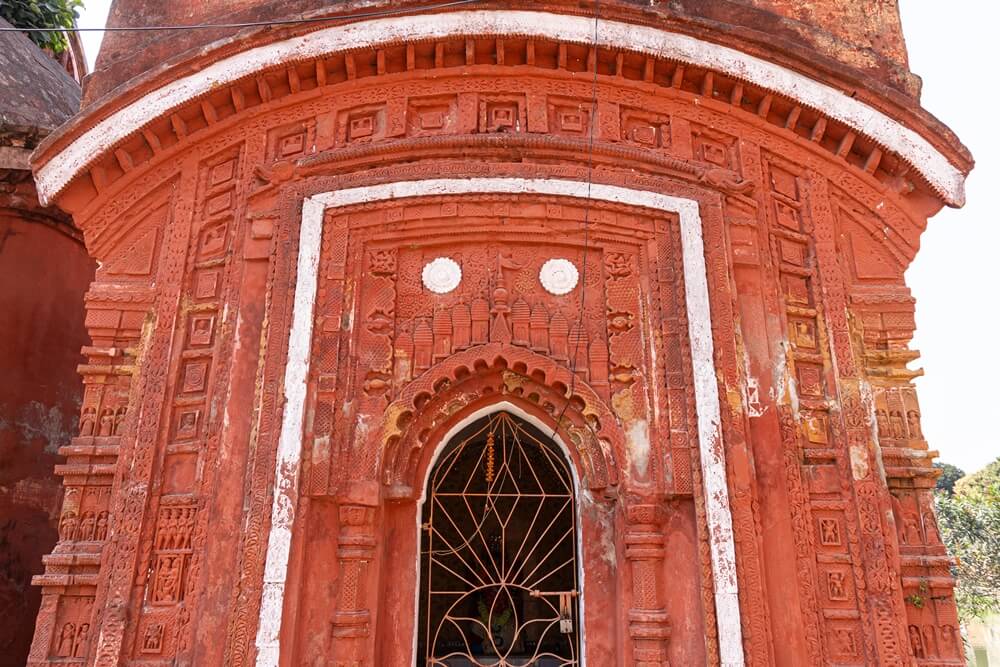
Please ‘Like’ or add a comment if you enjoyed this blog post. If you’d like to be notified of any new content, just sign up by clicking the ‘Follow’ button. If you have enjoyed this or any other of my posts, please consider buying me a coffee. There’s a facility to do so on the righthand side of this website for desktop users, and just above the comment section for mobile users. Thank you !
If you’re interested in using any of my photography or articles please get in touch. I’m also available for any freelance work worldwide, my duffel bag is always packed ready to go…
KevinStandage1@gmail.com
kevinstandagephotography.wordpress.com
Categories: India, Terracotta Temples of Sukharia (Sukuria), West Bengal





Hello Kévin
I think I visited West Bengal too early…
I missed many places nearly on my way, your blog about this state was not finish in february ! I definitivly have to return !
Thanks again for all this work. I’ll read you again and again for my next trip in Maharashtra…
.Christine
LikeLike